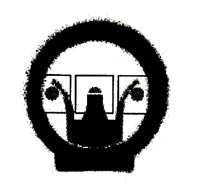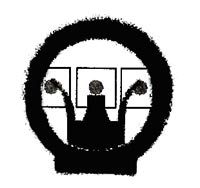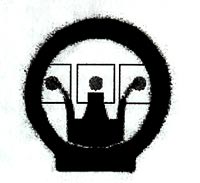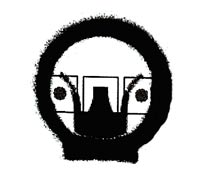Legendary American Service Rifles on Shooting USA TV

This week Shooting USA TV has a great show, well worth watching. This episode features the history of U.S. military service rifles. Starting with the Trapdoor in 1873, and ending with the M14 in the 1960s, this episode traces 90 years of battle rifle development. This history lesson ends right before the general adoption of the M16 5.56x45mm infantry rifle.
In addition to history, today’s show talks about using Tripods in Precision Rifle Competition. PRS and NRL shooters can learn multiple ways to use a tripod for support during stages. These methods are explained by Staff Sergeant Tyler Payne from the USAMU Action Shooting Team.
Shooting USA airs Wednesday 9:00 PM Eastern and Pacific, 8:00 PM Central on the Outdoor Channel. You can also watch Shooting USA any time online via Vimeo.com. Subscribe for $3.99 per month or pay just $0.99 per episode.
History of American Service Rifles
The Trapdoor was the first cartridge-firing service rifle, replacing cap and ball rifles. Then came the evolution to better, faster-cycling service rifles used in two World Wars, Korea, and the early Vietnam era. Those rifles were the Krag Jorgensen, 1903 Springfield, M1 Garand, and M14.
 |
The Krag Jorgensen Served 1892 to 1907. First Smokeless Cartridge Rifle. |
 |
The 1903 Springfield Served as Primary Service Rifle 1903 to 1936. |
 |
The M1 Garand Served 1936 to 1958. First Semi-Auto Service Rifle. |
 |
The M14 Served 1959 to 1964. First Select Fire Primary Service Rifle. |
Tripod Tips for Precision Rifle Shooters

This week’s Shooting USA episode has a great USAMU Pro Tips Segment showing how to use a tripod for rifle support. Along with clamping the rifle on the top of the tripod, you can used the deployed legs for support in multiple ways.

SSG Tyler Payne explains: “If you’re presented with a barricade where you can support the front of the gun, the tripod really shines as a rear support. With the front of the gun and the rear of the gun both supported, it’s like shooting off of a bench.”

Shooting USA is available On Demand via Vimeo.com. Watch a single episode for $0.99, or get a full-month subscription for $3.99 and watch as many shows as you like with limited commercial interruptions.













 Center Hold
Center Hold 6 O’Clock Hold
6 O’Clock Hold Sub 6 Hold
Sub 6 Hold Frame Hold
Frame Hold




